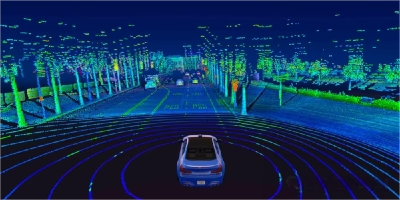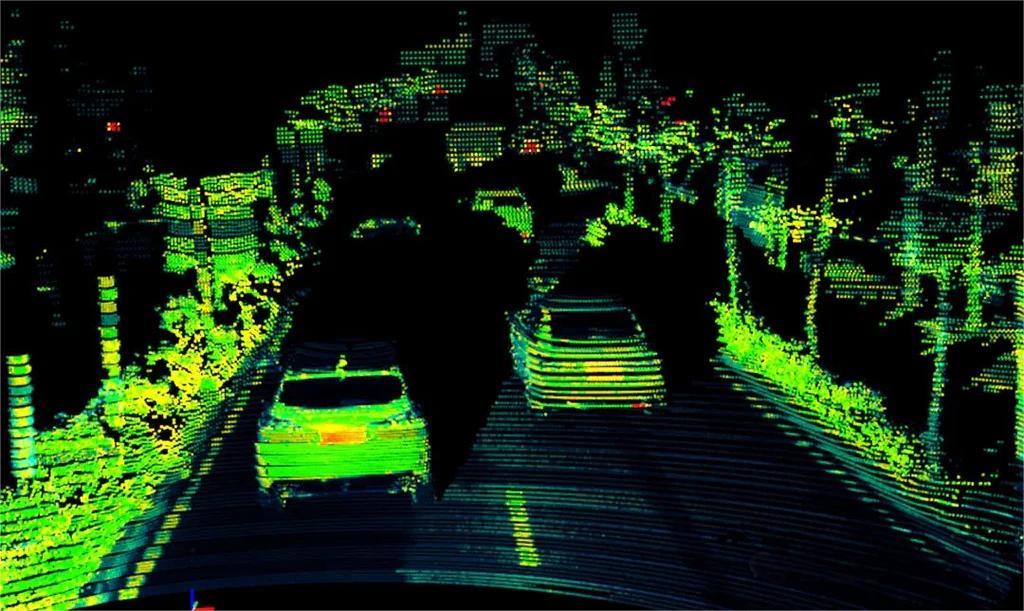Please note that while the above provides a general explanation, the specific technical choices may vary depending on different LiDAR manufacturers and application scenarios. Therefore, in specific applications, it is recommended to refer to relevant technical documentation or consult professionals for more accurate information.
ERDI TECH LTD develops and produces the LRF200A Series Laser Radar High Repetition Rate Range Finder Module. The LRF200A is a high-precision, long-range laser radar ranging module that is suitable for both indoor and outdoor applications. It excels in positioning or collision avoidance monitoring for shuttle cars, land transport vehicles, overhead cranes, and laterally moving vehicles. Its stable measurement capabilities and ability to detect extremely dark or shiny materials ensure it meets the demands of applications such as thrust control, shelf occupancy, or load height control in logistics. The product’s technical specifications guarantee it satisfies application needs, while its ultra-compact size and superior specifications ensure outstanding performance in any scenario. The main technical specifications are as follows:
| Project Name | Technical parameters | |||
| Laser Light Source | Laser diode 905nm, ≤10mW; Class I laser eye safety requirements | |||
| Spot Area | 20×10cm(100m) | |||
| Weight | <50g | |||
| Power Supply Voltage | 24V(9V~36V) | |||
| Specification Range | 0.05-50m | 0.05-100m | 0.05-150m | 0.05-200m |
| Measurement Accuracy | ±0.05m | ±0.05m + (L-50) × 0.1%, where L is the measurement distance | ||
| Standard Measuring Range | 0.05m ~ 200m @ 80% reflectivity & visibility > 10km | |||
| Distance Resolution | 1cm | |||
| Absolute Accuracy | ±0.05m@50m | |||
| Output Interface | 3.3V TTL serial port output | |||
| Measurement Frequency | 20-20kHz (default 1kHz) | |||
| Return Data | Direct measurement of distance, reflected light intensity, and working status | |||
| Operating Temperature | -40℃~ +85℃ | |||
| Storage Temperature | -45℃~ +100℃ | |||
| Operating Humidity | 0%~100% RH | |||
| Anti-ambient Light | >100kLux | |||




